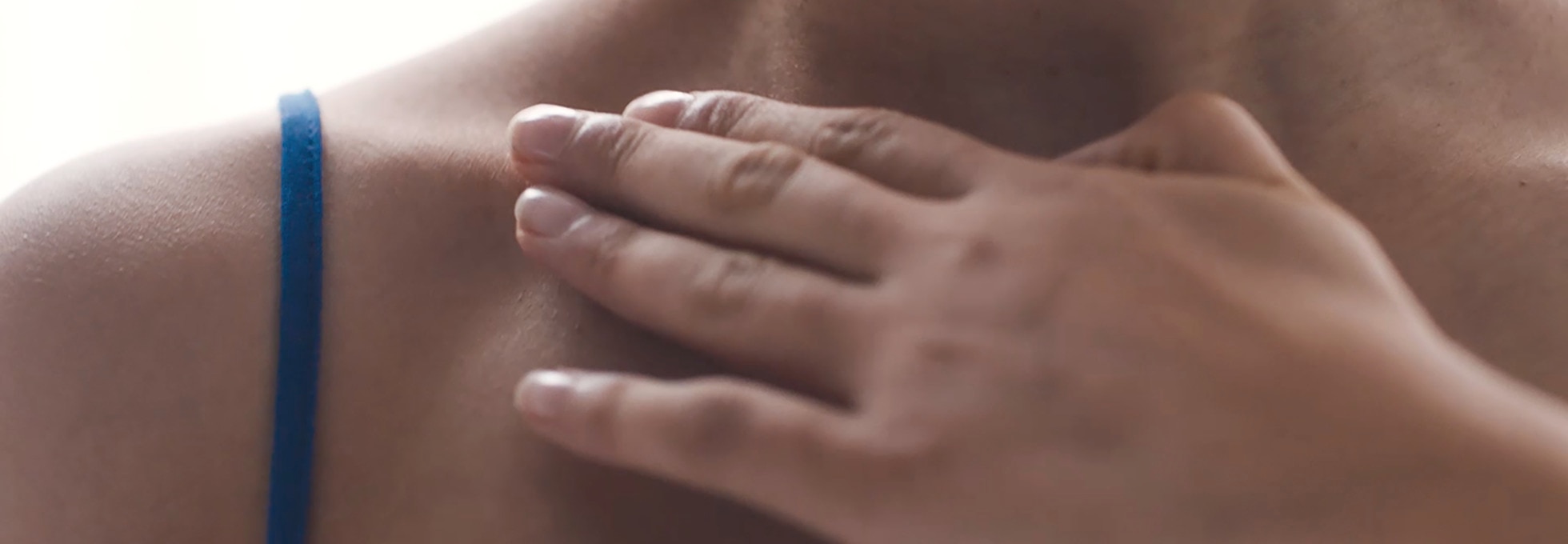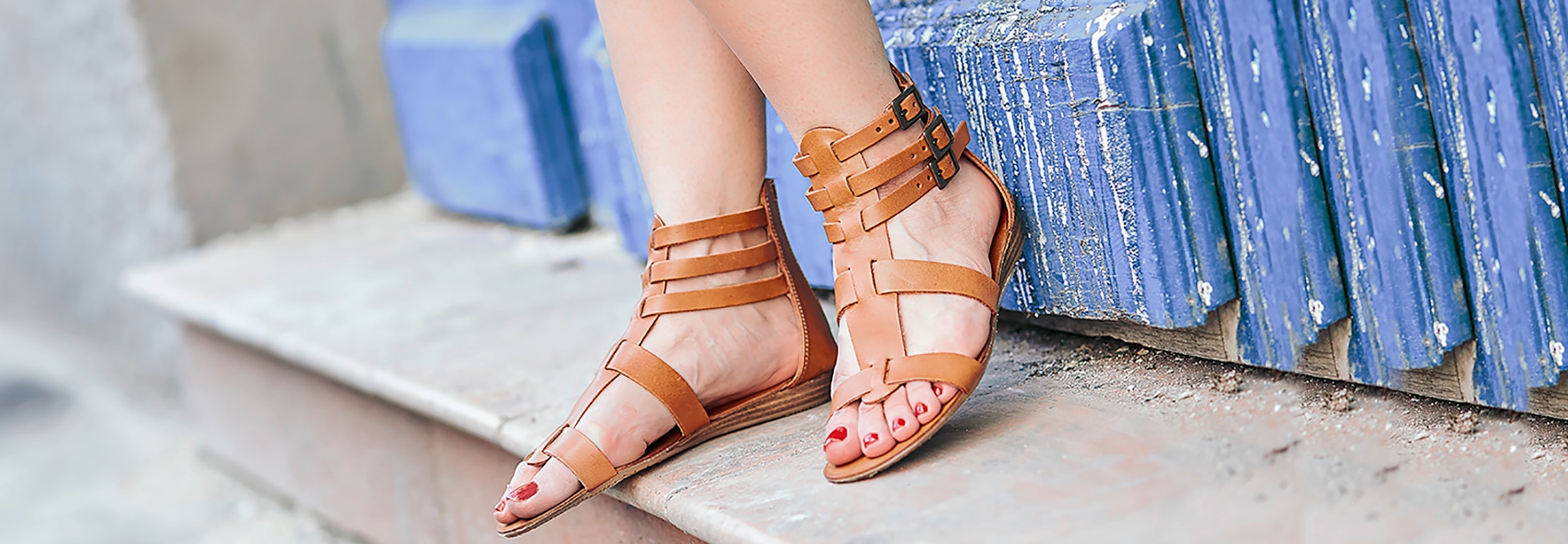Skip to content
How to Treat Itchy Skin
Find out how to treat itchy skin and prevent it from returning using vaseline’s lotions.
- How to Treat Itchy Skin
Itchy skin can be a sign of a range of skin issues, and can be caused by dry skin, or even internal illnesses with uncomfortable side effects. It could be an allergic reaction, eczema, or a bug bite.
Once you understand the cause of your symptoms, try one of these natural remedies to help treat itchy skin.
1. Cold compresses
A cool, wet cloth or an ice pack often helps relieve irritated or itchy skin. The cold compress is applied to the affected area and held for five to ten minutes. The cool temperature can help reduce itching.
2. Oatmeal¹
Many people use oatmeal for itchy skin because it is known to have anti-itching and skin-soothing properties. Oatmeal can be used in two ways:
a. Oatmeal baths may help soothe irritated itchy skin. Try sealing one cup of uncooked oatmeal in a sock or a large porous bag and place in a warm bath.
b. Colloidal oatmeal, or non-edible milled oatmeal², is used for spot treatment. The powder forms a paste when mixed with liquids like water or lotion. Users are recommended to spot check when using oatmeal for itchy skin; some may be allergic or sensitive to oats.
3. Chamomile³
This floral herb often used in teas is known as an effective topical skin-soother. Chamomile tea used in a compress may reduce the effects of irritated skin due to allergies or dryness. This herb has become a popular ingredient in creams and ointments.
4. Aloe Vera⁴
This hydrating plant is an effective treatment for a variety of dry skin problems, including psoriasis⁵. Not only does aloe vera gel have anti-inflammatory effects⁶, its cooling benefits can relieve pain from burns or scratches. Pop an aloe vera leaf into the refrigerator before applying the gel to maximize its cooling properties, or find lotions like Vaseline® Intensive Care™ Aloe Soothe Lotion. Avoid applying onto an open wound.
While some at-home remedies may suggest baking soda for itchy skin, the household substance might not be the best solution. Past reports found that the overuse of baking soda for itchy skin can lead to more serious skin problems⁷.
If none of these solutions work, and the problems persist, go to your doctor to identify the underlying causes. Your doctor may prescribe medicated creams and ointments to relieve the itchiness.
- How to Prevent Itchy Skin from Returning
Treating the underlying causes of itchy skin is the first step to avoid this annoyance for good, but here are a few ways to keep itchy skin at bay.
1. Oftentimes, irritated skin is a side effect of having very dry skin, which can be easily solved with a daily moisturizing routine. Opt for thick creams like Vaseline® Intensive Care™ Essential Healing Lotion, packed with micro-droplets of Vaseline® Jelly, proven to provide quick relief for dry skin. The micro-droplets immediately absorb into your skin, locking in skin’s moisture while helping to repair your skin barrier.
2. Avoid taking long, hot showers or baths. Hot water strips your skin of its natural oils, and could aggravate irritation⁸. Opt for short lukewarm showers or baths instead.
3. Look for unscented lotions, soaps, and laundry detergents, like Vaseline® Intensive Care™ Advanced Repair Unscented Lotion with hydrating glycerin, as some fragrances and chemicals can irritate sensitive skins⁹. A good solution is to combine DIY soaps and washes with ingredients you know work for your body.
4. Avoid itchy, thick fabric or tight-fitting clothes. Breathable fabrics like cotton in loose silhouettes will allow your skin to breathe without irritation.
At-home remedies for itching provides temporary relief, prevents future irritation, and allows your skin to repair itself. If the condition lasts longer than two weeks, the irritation could be a sign of something more serious¹⁰. Talk to a doctor if your itchiness affects your entire body, is coupled with fevers and weight loss, and doesn’t go away after trying common remedies for itching.
Expert Advice
The advice in this article does not constitute medical advice, it is solely available for information purposes
1. Shenefelt, Philip D. “Herbal Treatment for Dermatologic Disorders.” Herbal Medicine: Biomolecular and Clinical Aspects. 2nd Edition., U.S. National Library of Medicine, 1 Jan. 1970, www.ncbi.nlm.nih.gov/books/NBK92761/.
2. "Colloidal Oatmeal Benefits For The Skin.” Tatcha, www.tatcha.com/tatcha-institute/colloidal-oatmeal-benefits-for-the-skin/.
3,5 Shenefelt, Philip D. “Herbal Treatment for Dermatologic Disorders.” Herbal Medicine: Biomolecular and Clinical Aspects. 2nd Edition., U.S. National Library of Medicine, 1 Jan. 1970, www.ncbi.nlm.nih.gov/books/NBK92761/.
5. “Causes and Triggers.” Psoriasis Causes and Known Triggers | National Psoriasis Foundation, www.psoriasis.org/about-psoriasis/causes?gclid=CL6b6pu1k9QCFYmFswodITYOXQ.
6. “Aloe.” University of Maryland Medical Center, www.umm.edu/health/medical/altmed/herb/aloe.
7. Gonzalez, Jose, and Ronald J. Hogg. “Metabolic Alkalosis Secondary to Baking Soda Treatment of a Diaper Rash.” Pediatrics, American Academy of Pediatrics, 1 June 1981, https://publications.aap.org/pediatrics/Metabolic-Alkalosis-Secondary-to-Baking-Soda.
8. Publications, Harvard Health. “9 Ways to Banish Dry Skin.” Harvard Health, www.health.harvard.edu/staying-healthy/9-ways-to-banish-dry-skin.
9. “How to Relieve Itchy Skin.” How to Relieve Itchy Skin | American Academy of Dermatology, www.aad.org/public/skin-hair-nails/skin-care/itchy-skin.
10. “Itchy Skin (Pruritus).” Mayo Clinic, Mayo Foundation for Medical Education and Research, 11 Aug. 2017, www.mayoclinic.org/diseases-conditions/itchy-skin/symptoms-causes/dxc-20262871.
FEATURED PRODUCTS
- slide 1





